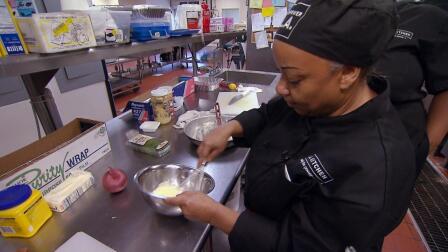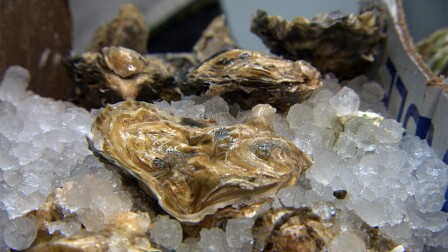
Mission Music: The Passion and Fervor of Fandango
During the Mission period, music was a common language that united people from all walks of life. Some of the greatest influences in California included European music, a religious experience that later morphed into a social celebration known as the fandango.
The fandango was a dance that symbolized notions of liberty during the mission period. It also illustrated the equality of California, and served as a replica of life in and out of the mission.
"Regardless of your social class or your ethnicity or your occupation or your gender, you're welcome to dance the fandango," Craig Russell, Cal Poly music professor told KCET's Artbound.
Russell has recreated the fandango and other California mission music in his composition "Ecos armónicos," which showcases snippets of the sacred and secular tunes played throughout the state in the late 18th and early 19th centuries.
Mission musical styles ranged from "the free-flowing, meditative 'canto llano,' or, 'plainchant,' practiced at the Church in Rome or the Primate Church of Toledo to the thrilling, theatrical 'música moderna' or, 'modern music,' popularized by Vivaldi and his contemporaries," wrote KCET Artbound's Sarah Linn.
Featuring Interviews With:
- John Birch, Salinan Tribe Traditional Council
- Dan Krieger, California Mission Studies Association
- Craig Russell, Cal Poly Slo music professor











